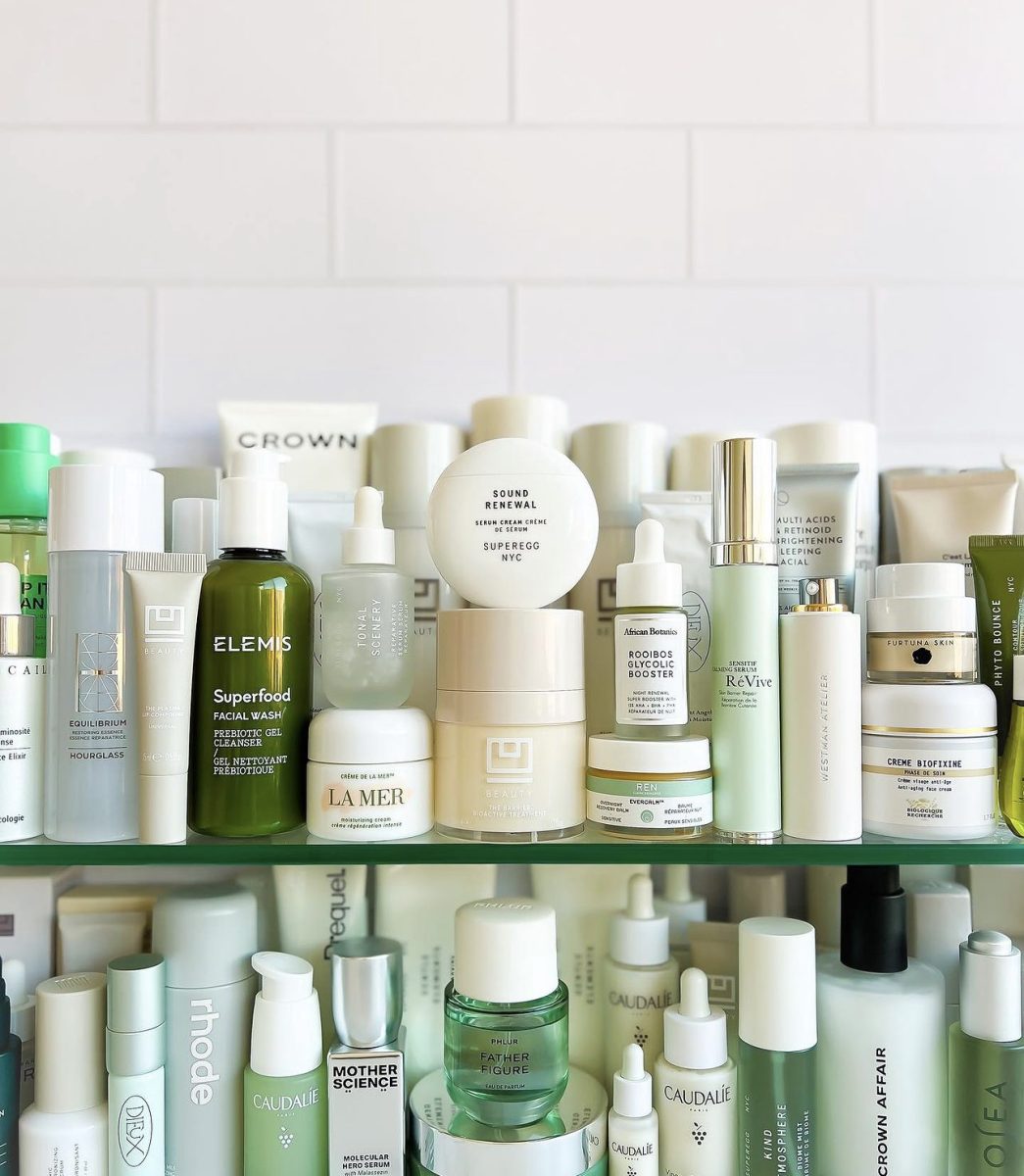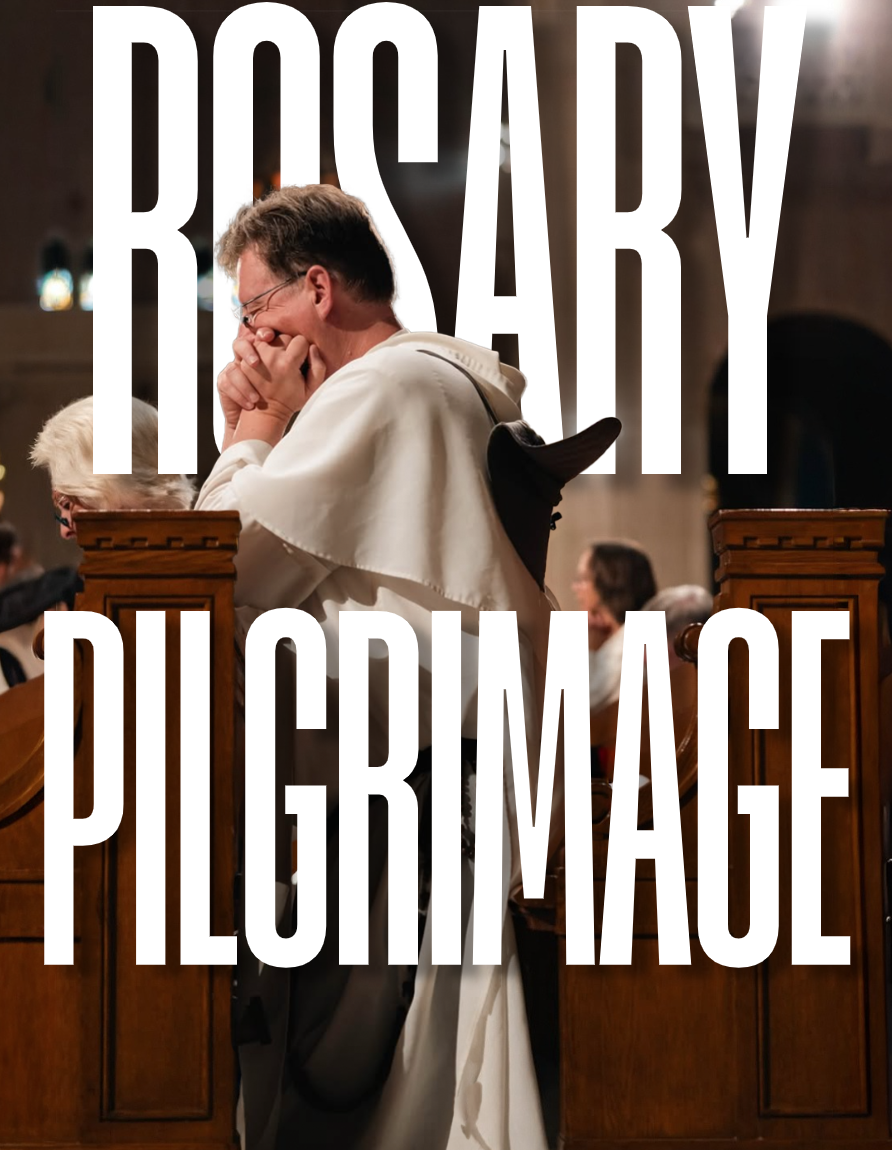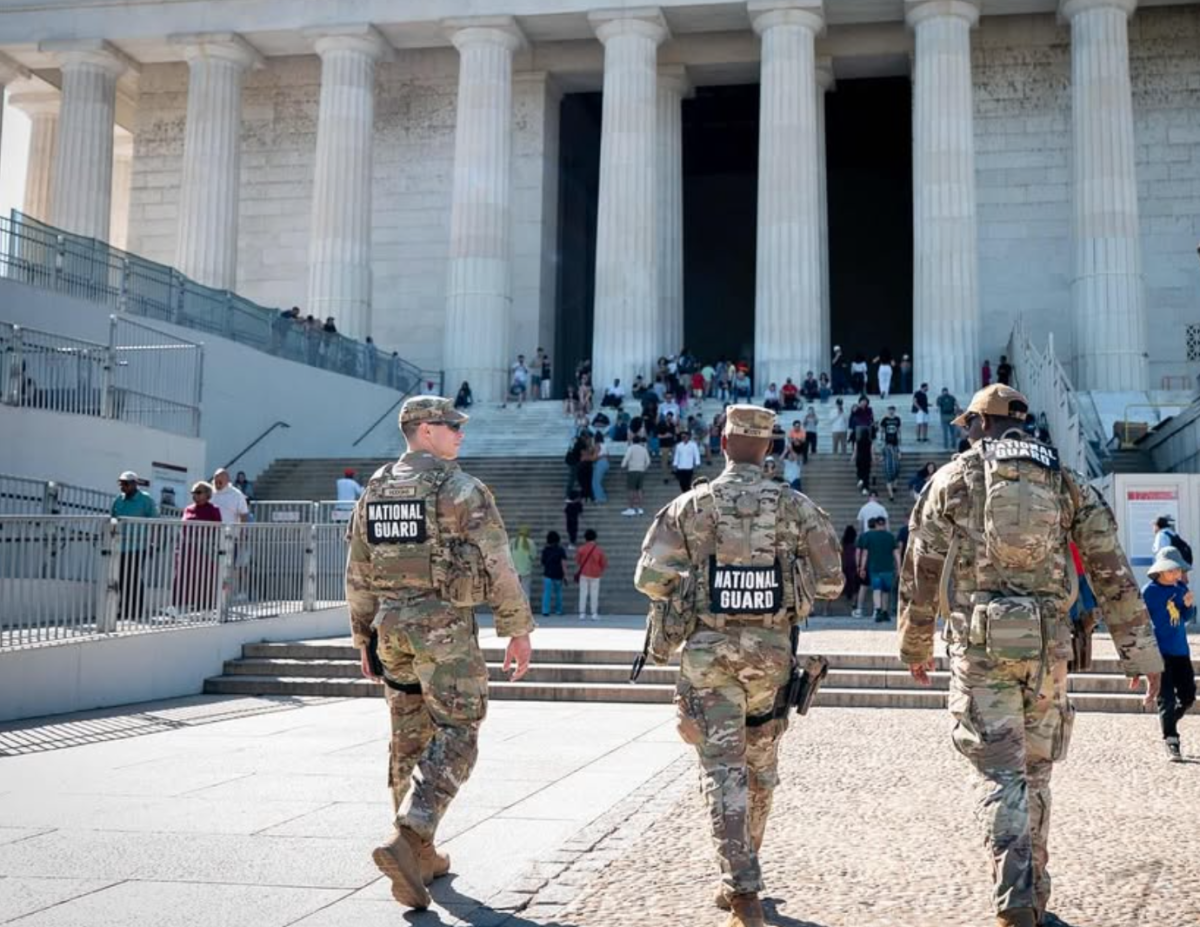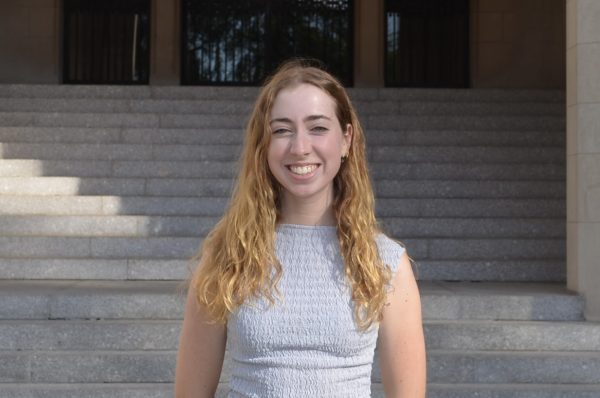Anti-wrinkle beauty practices are not unreasonable for appropriate audiences, but when teenage girls become part of that audience, it may lead to a toxic mindset. However, this is subjective to the methods used and the attitude towards them. To be clear, this beauty trend is far less toxic and harmful than those of the past. Although it does have the ability, like most beauty trends, to cause harm to the self-image of teens.
Anti-wrinkle practices are not like the toxic beauty standards of the past until they are executed as such. It is only when anti-wrinkling practices are used to promote fear and anxiety based on unnatural beauty standards do they become a problem. These practices are used because of the toxic beauty standards that attempt to stop women from aging. As teens have access to and consume more media, they are exposed to the practices of older people and begin to take notice. Because, as they say, the younger you start, the better.
In an article from The Cut, “They Always Say the Younger You Start, the Better,” a 14-year-old girl, Carson Bradley, describes her 12-step and 25-minute skin-care routine, saying to her audience: “Here are some things I do to slow down the aging process as a 14-year-old,” and then drops the bombshell that she “started doing most of these things at 12.” A 12-year-old girl concerned with her aging appearance is a shocking fact, one that I, at least, would not expect. I was far more worried about impending acne rather than wrinkles in my pre-adolescent years.
I haven’t ever been one to be big on beauty practices, especially not anti-wrinkle ones, as I’ve only used a cream to depuff my eyebags of lack of sleep over the course of a week out of my mother’s insistence. As a teenage girl, I’ve learned how to make a surprised expression without creating the 20 wrinkles on my forehead. I’ve embraced the smile lines and wrinkles of laughter at the outside corners of my eyes that are traces of happiness, and am thankful that they are more prominent than any frown lines. As a woman, I’ll say that femininity can be a fragile thing, and it is when one’s self-esteem is low that anti-wrinkling practices become toxic. I condone all beauty enhancers; if it’s your body, of course, you have the right to choose what to do with it. I just fear that once it becomes less about happiness and more about insecurity provoked by unnatural beauty standards, anti-wrinkling practices may become toxic.
The Baby Botox Boom is an example. Botox has a bad reputation for “freezing” faces, making appearances look “plastic” or incredibly fake. But over the years, Botox has become a popular anti-aging tool rather than a way to change one’s appearance.
A study at the University of Southern California found that 65% of the students who participated would plan on getting Botox in their 20s, and 58% said they had considered getting it. Most of these participants were not even 33 years old. Baby Botox is the term used for these non-structure-altering procedures to refresh and youthen facial features without losing the ability to move one’s face. The “logic” behind getting Baby Botox is, as said previously, to stop wrinkles from appearing before they do.
Botox has become popularized through social media with famous influencers, like Alix Earle, being honest about the work they’ve done. This honesty is great and very healthy. But are influencers then influencing their audiences to also follow these practices? While they might not mean to, they certainly do. Through normalizing anti-wrinkling practices, these practices become popularized, made light of and even trendy.
Beauty trends are vastly inconsistent. Society’s ideal “perfect” body changes yearly, and so many beauty trends come and go. I’m sure most of us have mothers that regret plucking their eyebrows to thin lines in the ’90s, pre-cautioning us against doing the same. Will anti-wrinkling practices become the same? Another anti-aging practice of dying graying roots, the natural color is slowly going out of style, and more people are claiming their gray hairs.
Why are we so terrified of looking like we age, anyway? It’s not some secret that people get older. But in women especially, aging is a daunting topic, looming over her each birthday. In these troubling, fearful moments, scared of getting older and looking like it, I think it is important to remember the scene Greta Gerwig fought to keep in the “Barbie” movie: “You’re beautiful.” Whether you’re a blonde woman with no specified age, famously plastic and in California for the first time, or an elderly woman waiting at the bus stop, wrinkles are proof of the years you’ve lived; you are beautiful.
Using expensive, timely, obsessive and more irreversible methods to achieve a smooth face when there are not yet wrinkles, fearful of getting them, can become toxic. Using anti-wrinkling practices makes sense to prevent wrinkles from appearing on the skin. But when it becomes compulsive, a desperate hyper-fixation, I think it becomes a problem in young adults, especially teens. At the end of the day, you should do whatever makes you feel most beautiful, most comfortable in your skin, and most you. Aging is inevitable, but for how long can we get away with appearing not to?
Sophie Maselli, FCRH ’26, is an English major from Milford, Conn.










































































































































































































